The internet has become a portal for the transmission and storage of sensitive data. Most websites today gather information from potential or current customers, clients, and users. From credit card numbers to email addresses and passwords, few websites exist today that don’t collect some sort of personal data. Therefore, website developers are becoming more and more interested in learning how to build websites that can easily encrypt sensitive data that their client’s website may be collecting.
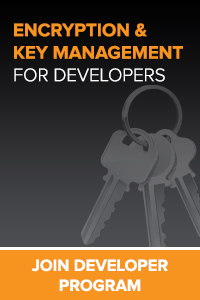
Encryption isn’t as widely used at the application and module level in websites as it probably should be. Protecting sensitive data using strong encryption from the moment a website accepts a customer’s information, and throughout transmission and storage of that data is the only method to ensure that data is never compromised. This is critical for websites using commerce modules or forms that collect a person’s health information, financial information, or other personally identifiable information (PII); and for businesses who wish to avoid a data breach.
As Drupal grows and more Drupal developers are beginning to interact with larger clients, the need to provide strong security to those businesses grows as well. The need for encryption will continue to grow as potential clients ask Drupal developers for standards-based security solutions that will help them meet compliance regulations and mitigate risk.
- Government websites, for example, will need to pass FISMA regulations around encryption.
- Large retail websites will need to pass Payment Card Industry Data Security Standards (PCI DSS).
- Colleges and Universities have multiple compliance requirements, as well as FERPA, to adhere with.
Helping clients meet compliance regulations will also require, in some cases, the need for encryption key management. Historically, developers only had three choices for encryption key storage: they could store the key in a file protected on the server, in the Drupal database, or in Drupal’s settings file. None of these options are secure, and would not meet several compliance regulations and general security best practices.
Encryption key management is more than a “key storage” solution. An encryption key manager protects encryption keys on a separate server (located in the cloud or as a physical Hardware Security Module (HSM) or in a (VMware) virtual environment) that implements control layers such as dual control and separation of duties. An encryption key manager manages encryption key creation, deletion, lifecycle, rollover, and archival. Key managers that are FIPS 140-2 compliant have undergone NIST validation and are based on industry standards. Choosing an encryption and key management solution based on standards will ensure your solution will stand up to scrutiny in the event of a breach.
If you are a Drupal developer, you can now join the Townsend Security Drupal Developer Program, work with our encryption and key management technology free of charge, and learn how to secure sensitive data in Drupal for your clients concerned with security.
Using Key Connection for Drupal, the first encryption & encryption key management module, Drupal developers can now build NIST compliant AES encryption and FIPS 140-2 compliant encryption key management into their Drupal websites.
Just click below to sign up:
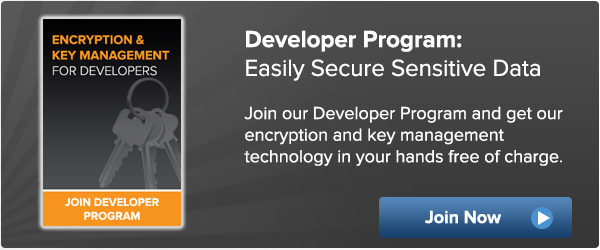


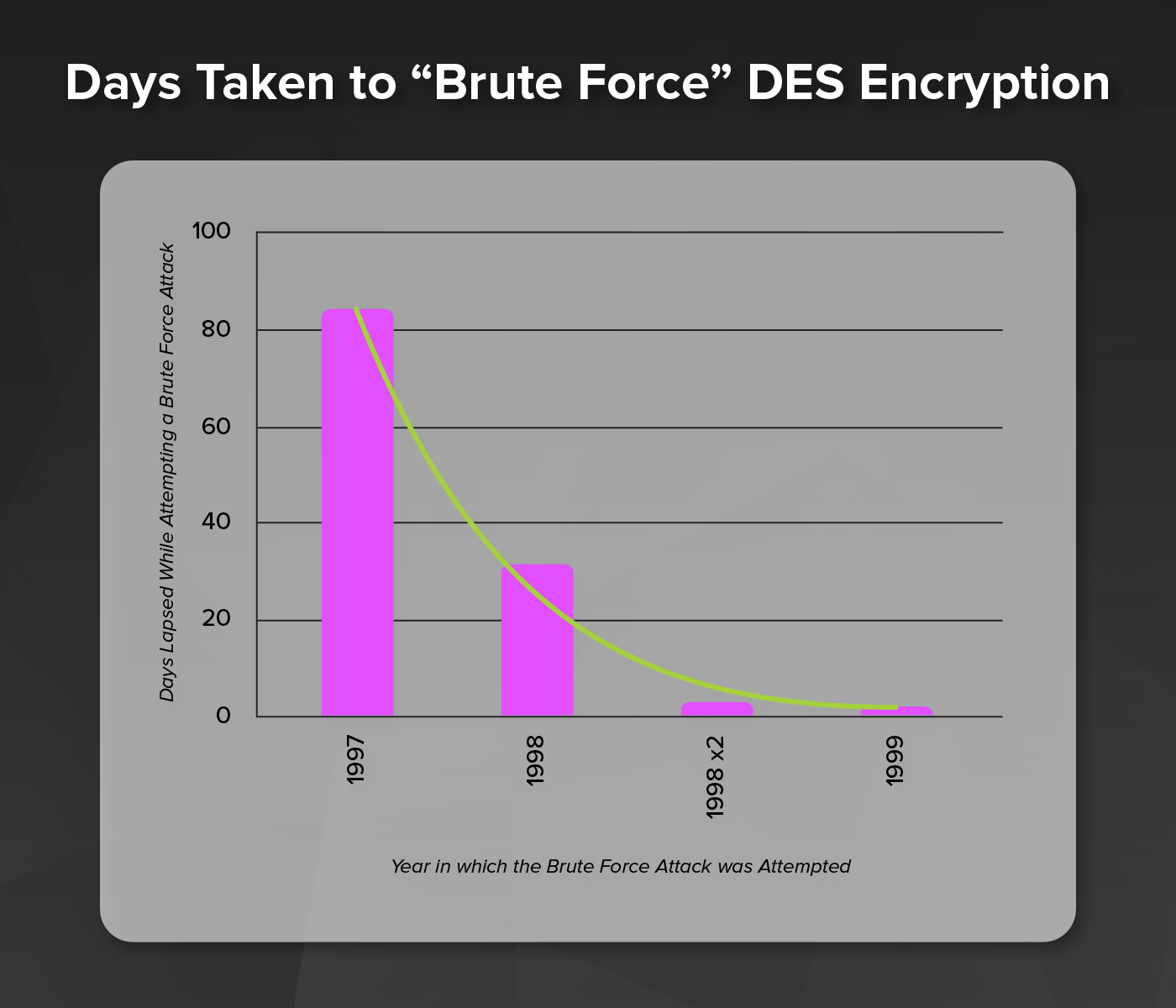
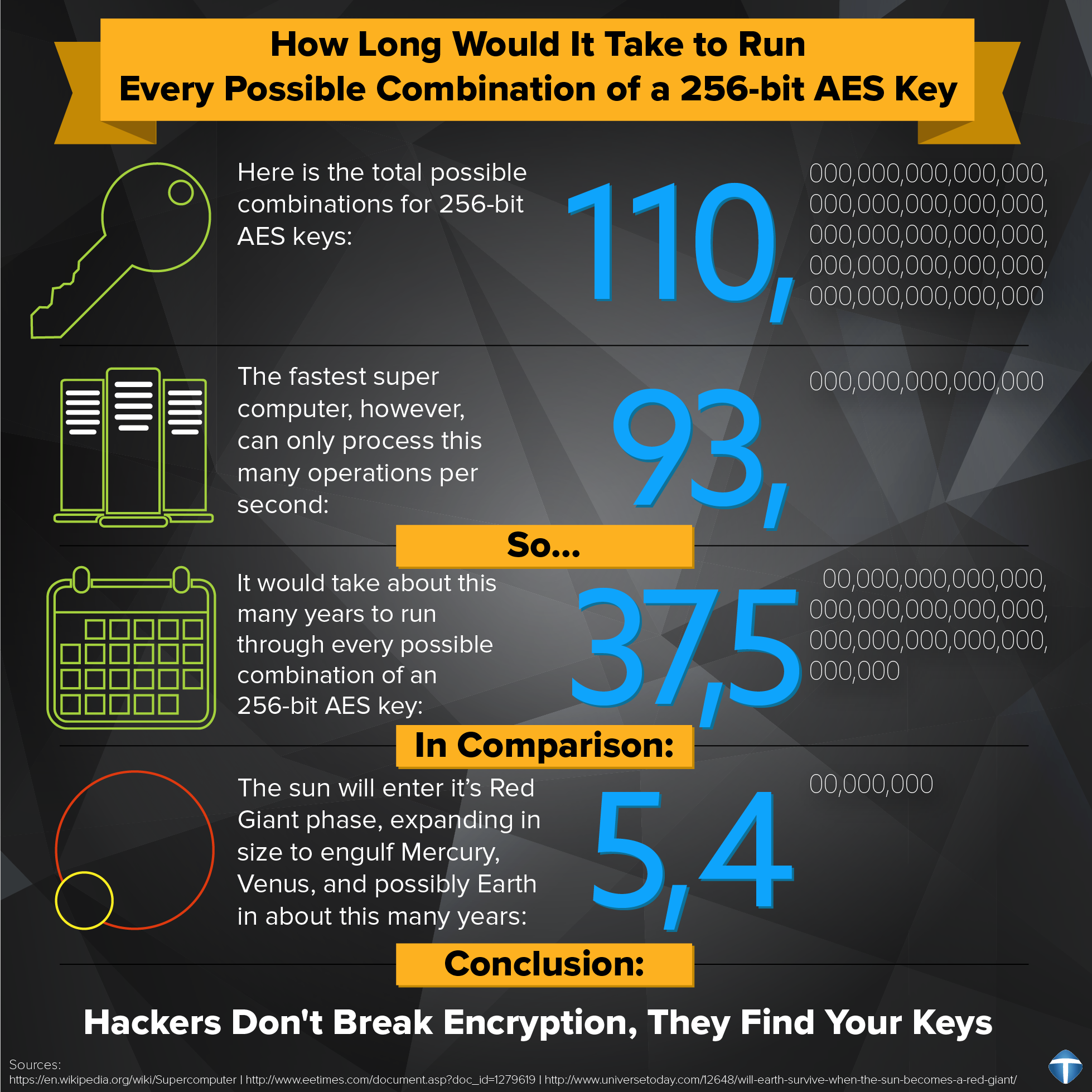
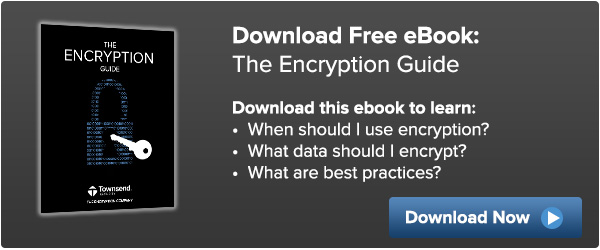
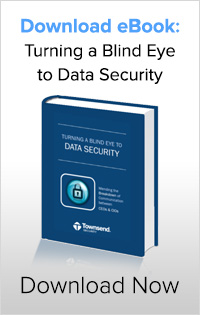



 The loss of passwords by LinkedIn, eHarmony, and Last.FM should be a wakeup call for CIOs, security auditors, and IT security professionals everywhere. Let’s take a look at what probably happened, what you can do, and why you need to look beyond passwords on your own systems.
The loss of passwords by LinkedIn, eHarmony, and Last.FM should be a wakeup call for CIOs, security auditors, and IT security professionals everywhere. Let’s take a look at what probably happened, what you can do, and why you need to look beyond passwords on your own systems.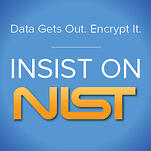 If you use a hash method to protect sensitive data, you should use a NIST-certified software library. Why? Because it is terribly easy to make mistakes in the software implementation of a SHA hash method. NIST certification is not a guarantee, but in my mind it is a minimum requirement that you should expect. I find it curious that most people would not consider buying a used car without a CARFAX report, but completely ignore NIST certification when deploying hash software to protect sensitive data. A lot more is at stake, and you don’t even have to pay to verify certification!
If you use a hash method to protect sensitive data, you should use a NIST-certified software library. Why? Because it is terribly easy to make mistakes in the software implementation of a SHA hash method. NIST certification is not a guarantee, but in my mind it is a minimum requirement that you should expect. I find it curious that most people would not consider buying a used car without a CARFAX report, but completely ignore NIST certification when deploying hash software to protect sensitive data. A lot more is at stake, and you don’t even have to pay to verify certification! As the social revolution moves into the business world, protecting your data is more important than ever. This was a key takeaway for attendees of the recent “Dreamforce to You” event in Seattle, WA, hosted by Salesforce.
As the social revolution moves into the business world, protecting your data is more important than ever. This was a key takeaway for attendees of the recent “Dreamforce to You” event in Seattle, WA, hosted by Salesforce.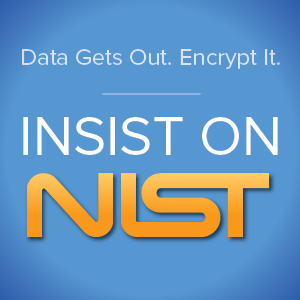 We couldn’t agree more. As a security company, this is something we have been saying since the beginning. We have offered NIST-validated AES encryption for all the major enterprise platforms for over ten years, been securing managed file transfers with PGP encryption, and recently stepped up our game with a FIPS 140-2 compliant encryption key management HSM. Simply put, we are helping organizations protect their sensitive information and meet compliance regulations with certified encryption solutions.
We couldn’t agree more. As a security company, this is something we have been saying since the beginning. We have offered NIST-validated AES encryption for all the major enterprise platforms for over ten years, been securing managed file transfers with PGP encryption, and recently stepped up our game with a FIPS 140-2 compliant encryption key management HSM. Simply put, we are helping organizations protect their sensitive information and meet compliance regulations with certified encryption solutions.
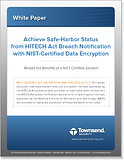

 Much like going to the gym, not many people wake up in the morning and say that they want to start an encryption project. It can take a little knowledge and some hard work to be done correctly. But the results of both provide benefits far beyond their initial investment.
Much like going to the gym, not many people wake up in the morning and say that they want to start an encryption project. It can take a little knowledge and some hard work to be done correctly. But the results of both provide benefits far beyond their initial investment.

 When I had this “Aha” moment years ago, I realized that our company had to radically change how we approached the development of our encryption and key management products. I knew that we had to step up to much higher standards, and change how we looked at our own products. But where does one go to figure out how to do encryption right? Fortunately, our company had several good enterprise customers who helped point the way. Enterprise security architects directed us to the National Institute of Standards and Technology (NIST) web site and the FIPS-140 certification process. The NIST and FIPS-140 certification outline the proper standards and best practices for encryption, decryption, key management, and logging. So began the complete transformation in how we bring Townsend Security encryption products to market.
When I had this “Aha” moment years ago, I realized that our company had to radically change how we approached the development of our encryption and key management products. I knew that we had to step up to much higher standards, and change how we looked at our own products. But where does one go to figure out how to do encryption right? Fortunately, our company had several good enterprise customers who helped point the way. Enterprise security architects directed us to the National Institute of Standards and Technology (NIST) web site and the FIPS-140 certification process. The NIST and FIPS-140 certification outline the proper standards and best practices for encryption, decryption, key management, and logging. So began the complete transformation in how we bring Townsend Security encryption products to market. Well, you already know how this came out. In the end I could come to no other conclusion. We would either do the right thing, or get out of the security market altogether. We’re still in, so you know that we made that commitment and investment in NIST certification of our correctly implemented encryption solutions. We did learn a lot about encryption development processes and best practices. And I must say our products are so much better for it.
Well, you already know how this came out. In the end I could come to no other conclusion. We would either do the right thing, or get out of the security market altogether. We’re still in, so you know that we made that commitment and investment in NIST certification of our correctly implemented encryption solutions. We did learn a lot about encryption development processes and best practices. And I must say our products are so much better for it.